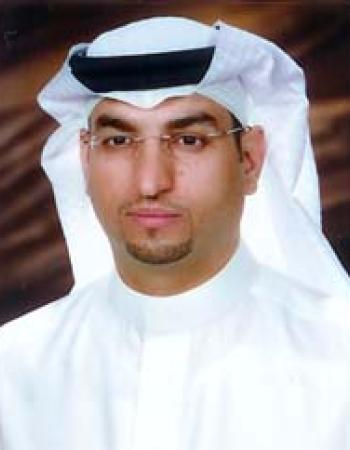431 SDS
COURSE DESCRIPTION
SEQUENCE:
SDS 431 is the first clinical course in fixed Prosthodontics taught in the fourth year.
PRE-REQUISITE: SDS 331
COURSE CREDIT: 4 Credit Hours
→ One (1) Credit Hour = One (1) hour lecture weekly for one semester
→ One (1) Credit Hour = Two and one-half (2½) hour lab weekly for one semester
→ Two (2) Credit Hours = Three (3) hour clinical weekly for two semesters
PURPOSE:
- The course serves as the transitional phase from the preclinical to the clinical environment.
- It provides a framework for the student to negotiate the difficult preclinical-to-clinical divide in a measured and controlled way, reinforcing concepts learned in SDS 331.
- The clinical phase seeks to equip the student with the fundamental skills for sound clinical Fixed Prosthodontics practice through the comprehensive management of a minimum of two selected FP cases(as a guide, the total number of units expected to be completed in these cases is 6).
- The concurrent laboratory session in the first semester facilitates the student's understanding of, and familiarity with, laboratory procedures, and the mutual interdependence between technical and clinical quality.
Educational and practical objectives
Being the intermediate FP (Fixed Prosthodontic) course, emphasis will be placed on:
- Providing the student with the optional knowledge and skills for a successful introduction to clinical FP.
- Developing the student's clinical and technical psychomotor skills to a defined level prior to actual patient care.
- Reinforcing the mutual interdependence of high-quality clinical and technical activities for the attainment of precise and predictable clinical outcomes.
- Developing the student's knowledge base, both didactically and clinically, with a view to refining the student's approach to patient care.
- Awareness of the cost-benefit equation in FP therapy, and the patient's right to make an informed choice.
CLINICAL REQUIREMENTS:
- The student is required to complete the treatment of a minimum of two FP cases of a relatively simple nature.
2. For the purpose of this course, treatment means the following:
- Detailed and systematic documentation of clinical findings, including full detailed charting, accurate mounted study casts, 20 CMS (where necessary), and so on.
- Hand-written or typed account of all findings, treatment options, relative prognosis and treatment sequence.
- Meticulous execution of clinical procedures.
- It is important that each student be exposed to a range of common FP procedures. If this is not achievable by himself/herself, then observing a colleague is the minimum requirement.
- Procedures that should be satisfactorily completed are: Single metal-ceramic and / or metal crown, 3 – unit FPD and post / core restorations of indirect / direct types. Procedures that may be undertaken under the proper conditions are: Anterior veneers, resin-bonded FPD, or others as determined by the instructor.
- Clinical activities will be recorded on a weekly basis.
COURSE EVALUATION:
In order to receive a passing grade for the course, the student must pass each of the didactic and clinical/laboratory components separately.
1. Didactic
a. Mid-term written examination 10%
b. Final written examination 20%
c. Unannounced quiz 5%
Total 35%
2. Clinical/laboratory
a. Laboratory exercises including the preclinical test 15%
i. Preclinical Test 10%
ii. Laboratory Exercise 5%
b. "In-clinic" continuous clinical assessment 30%
i. Case Presentation 5%
ii. Clinical assessment 25%
c. Final clinical examination 20%
Total 65%
Students are reminded that all clinical/laboratory evaluations include the student's attitude to learning, professionalism, cleanliness, and purposefulness in the working environment.

